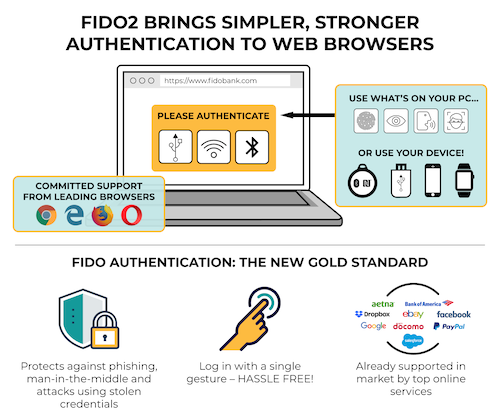The Efficient eXtended Interchange (EXI) Working Group has published a W3C Proposed Recommendation of Canonical EXI, a specification that describes the method for generating a canonical form of an EXI document. The main application of this specification is to guarantee non-repudiation using XML Signature, while allowing certain flexibility for intermediaries to reconstitute the documents before they reach final destination without breaking the signatures.
Comments are welcome through 24 May 2018.


